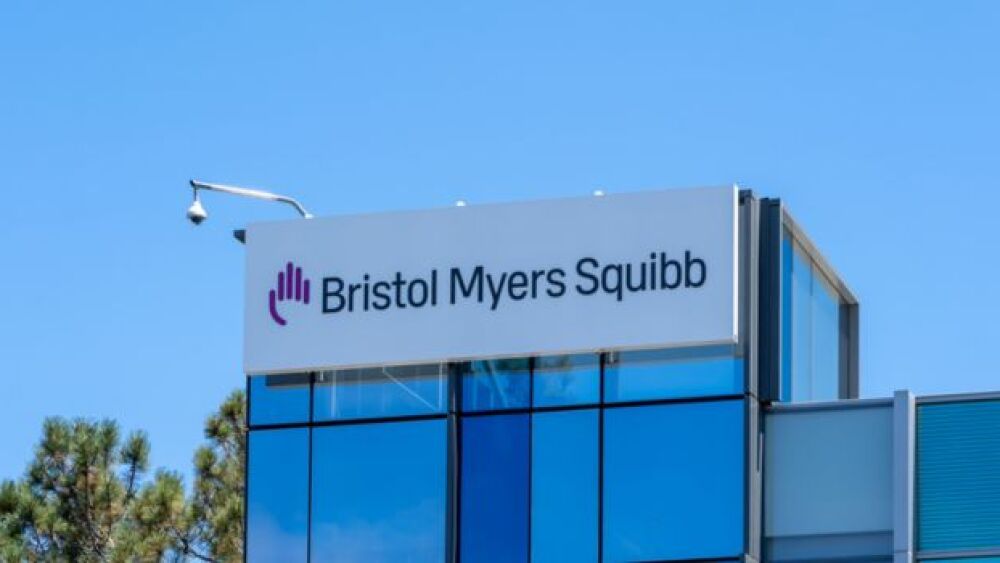FIRST DISEASE-SPECIFIC HUMAN EMBRYONIC STEM CELL
NEW YORK, NY -- Using somatic cell nuclear transfer, a team of scientists led by Dr. Dieter Egli at the New York Stem Cell Foundation (NYSCF) Research Institute and Dr. Mark Sauer at Columbia University Medical Center has created the first disease-specific embryonic stem cell line with two sets of chromosomes.
As reported today in Nature, the scientists derived embryonic stem cells by adding the nuclei of adult skin cells to unfertilized donor oocytes using a process called somatic cell nuclear transfer (SCNT). Embryonic stem cells were created from one adult donor with type 1 diabetes and a healthy control. In 2011, the team reported creating the first embryonic cell line from human skin using nuclear transfer when they made stem cells and insulin-producing beta cells from patients with type 1 diabetes. However, those stem cells were triploid, meaning they had three sets of chromosomes, and therefore could not be used for new therapies.
The investigators overcame the final hurdle in making personalized stem cells that can be used to develop personalized cell therapies. They demonstrated the ability to make a patient-specific embryonic stem cell line that has two sets of chromosomes (a diploid state), the normal number in human cells. Reports from 2013 showed the ability to reprogram fetal fibroblasts using SCNT; however, this latest work demonstrates the first successful derivation by SCNT of diploid pluripotent stem cells from adult and neonatal somatic cells.
“From the start, the goal of this work has been to make patient-specific stem cells from an adult human subject with type 1 diabetes that can give rise to the cells lost in the disease,” said Dr. Egli, the NYSCF scientist who led the research and conducted many of the experiments. “By reprograming cells to a pluripotent state and making beta cells, we are now one step closer to being able to treat diabetic patients with their own insulin-producing cells.”
“I am thrilled to say we have accomplished our goal of creating patient-specific stem cells from diabetic patients using somatic cell nuclear transfer,” said Susan L. Solomon, CEO and co-founder of NYSCF. “I became involved with medical research when my son was diagnosed with type 1 diabetes, and seeing today’s results gives me hope that we will one day have a cure for this debilitating disease. The NYSCF laboratory is one of the few places in the world that pursues all types of stem cell research. Even though many people questioned the necessity of continuing our
SCNT work, we felt it was critical to advance all types of stem-cell research in pursuit of cures. We don’t have a favorite cell type, and we don’t yet know what kind of cell is going to be best for putting back into patients to treat their disease.”
The research is the culmination of an effort begun in 2006 to make patient-specific embryonic stem cell lines from patients with type 1 diabetes. Ms. Solomon opened NYSCF’s privately funded laboratory on March 1, 2006, to facilitate the creation of type 1 diabetes patient-specific embryonic stem cells using SCNT. Initially, the stem cell experiments were done at Harvard and the skin biopsies from type 1 diabetic patients at Columbia; however, isolation of the cell nuclei from these skin biopsies could not be conducted in the federally funded laboratories at Columbia, necessitating a safe-haven laboratory to complete the research. NYSCF initially established its lab, now the largest independent stem cell laboratory in the nation, to serve as the site for this research.
In 2008, all of the research was moved to the NYSCF laboratory when the Harvard scientists determined they could no longer move forward, as restrictions in Massachusetts prevented their obtaining oocytes. Dr. Egli left Harvard University and joined NYSCF; at the same time, NYSCF forged a collaboration with Dr. Sauer who designed a unique egg-donor program that allowed the scientists to obtain oocytes for the research.
“This project is a great example of how enormous strides can be achieved when investigators in basic science and clinical medicine collaborate. I feel fortunate to have been able to participate in this important project,” said Dr. Sauer. Dr. Sauer is vice chair of the Department of Obstetrics and Gynecology, professor of obstetrics and gynecology, and chief of reproductive endocrinology at Columbia University Medical Center and program director of assisted reproduction at the Center for Women’s Reproductive Care.
Patients with type 1 diabetes lack insulin-producing beta cells, resulting in insulin deficiency and high blood-sugar levels. Therefore, producing beta cells from stem cells for transplantation holds promise as a treatment and potential cure for type 1 diabetes. Because the stem cells are made using a patient’s own skin cells, the beta cells for replacement therapy would be autologous, or from the patient, matching the patient’s DNA.
Generating autologous beta cells using SCNT is only the first step in developing a complete cell replacement therapy for type 1 diabetes. In type 1 diabetes, the body’s immune system attacks its own beta cells; therefore, further work is underway at NYSCF, Columbia, and other institutions to develop strategies to protect existing and therapeutic beta cells from attack by the immune system, as well as to prevent such attack.
The technique described in the report published today can also be translated for use in the development of personalized autologous cell therapies for many other diseases and conditions including Parkinson’s disease, macular degeneration, multiple sclerosis, and liver diseases and for replacing or repairing damaged bones.
As part of the work, the scientists systematically analyzed the factors that affect stem-cell derivation after SCNT. The reprogramming of skin cells from a type 1 diabetes patient by SCNT has long been sought, but has been challenging to achieve because of logistical difficulties in obtaining human oocytes for research, as well as an incomplete understanding of the biology of human oocytes.
Dr. Rudolph Leibel, a co-author and co-director with Dr. Robin Goland of the Naomi Berrie Diabetes Center, where aspects of these studies were conducted, said, “This accomplishment is the product of an ongoing inter-institutional collaboration across scientific and clinical disciplines, supported by thoughtful philanthropy. The resulting technical and scientific insights bring closer the promise of cell replacement for a wide range of human disease.”
NYSCF continues pursuing SCNT research despite many scientific obstacles and in light of the advent of induced pluripotent stem (iPS) cells, as it is not yet clear which type of stem cells will prove best for personalized treatments. Many thought that iPS cells, first created from human cells in 2007, would replace the need for patient-specific embryonic stem cells because they allow patient- and disease-specific stem cell lines to be generated by genetically reprogramming adult cells into becoming pluripotent cells. However, it is not clear how similar iPS cells are to naturally occurring embryonic stem cells, which remain the gold standard, and what will be the preferred cell type for therapies.
Though it is now possible to derive stem cell lines with a patient’s genotype using iPS technology, the generation of stem cells using oocytes may have an advantage for use in cell replacement for diseases such as type 1 diabetes. The generation of pluripotent stem cell lines by SCNT uses human oocytes, while iPS cells use recombinant DNA, RNA, or chemicals, each of which requires its own safety testing and approval for clinical use. Human oocytes are already used routinely around the world to generate clinically relevant cells. The generation of pluripotent stem cell lines using human oocytes may therefore be particularly suitable for the development of cell-replacement therapies. Therefore, this work brings the scientists a significant step closer to this goal.
Contact:
David McKeon
212-365-7440
dmckeon@nyscf.org
Hey, check out all the research scientist jobs. Post your resume today!




